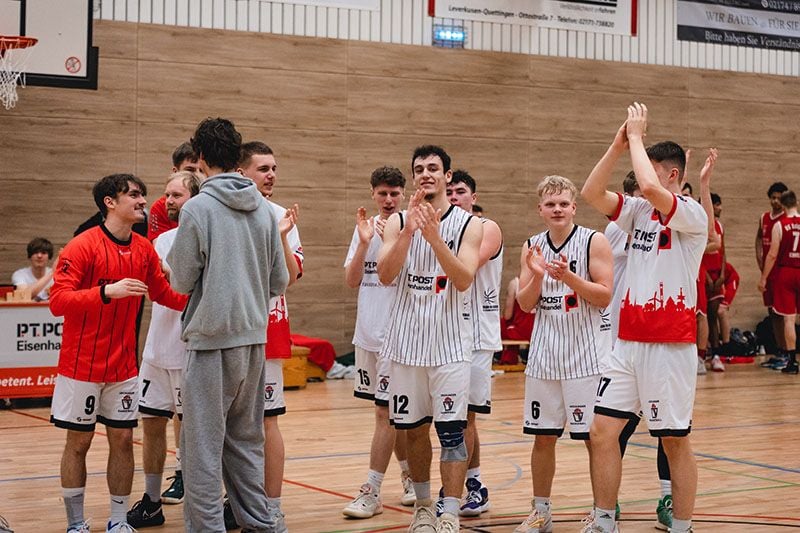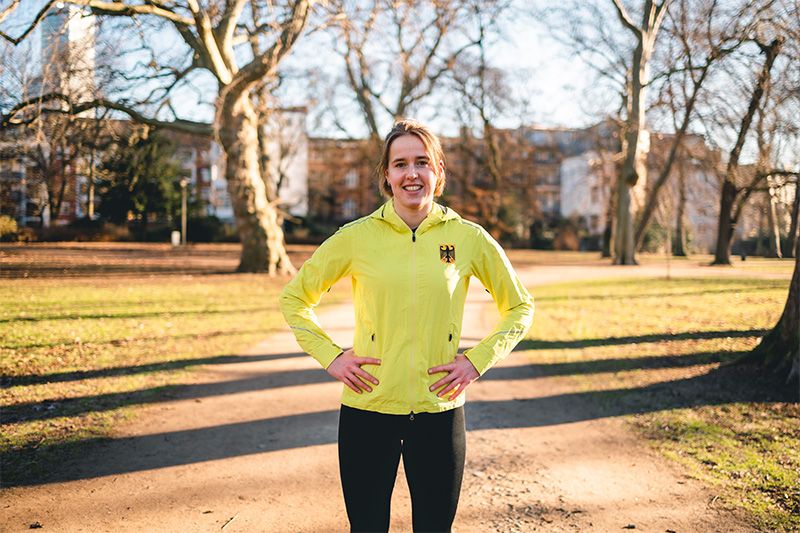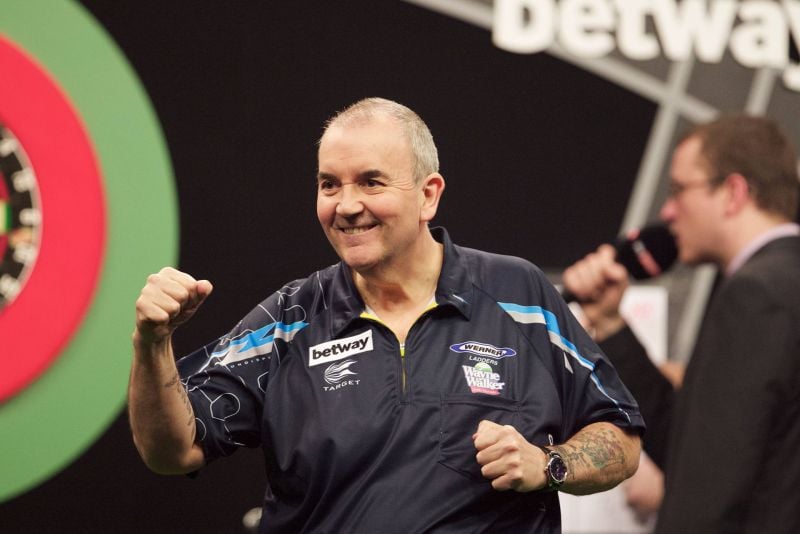MTB accessories - what you really need

Mountain bike helmets
- Fit: You will have the helmet on your head for many hours. So try on many helmets and buy one that fits you really well.
- Area of use: The risks of falling differ depending on the area of use. Specific helmets protect you best.
- Comfort: the helmet should ideally be light and well ventilated
- Price: Price is an indicator of quality, but the most expensive helmet does not have to be the most comfortable one
- Tip: Nets in the openings prevent flies or wasps from landing on your head.
| Helmets | Advantages | Disadvantages | Field of application |
| Full Face Helmets | Maximum protection of the head incl. neck and face | Rather heavy and little ventilated | Downhill, Freeride, Enduro, Four Cross, BMX |
| Dirt helmets | Stylish, especially good protection of the back of the head, more padded inside | Rather poorly ventilated | Trial, Slopestyle |
| MTB helmets without visor | Very light and very well ventilated | Less protection than a full face helmet | Cross Country, Marathon, Race |
| MTB helmets with visor | Like the variant without visor, but increased protection of the face from branches and on impact | Less protection than a full face helmet | Cross Country, Marathon, All Mountain, Enduro |

Mountain bike clothing
- Breathability! For this we recommend not to buy cotton products
- Freedom of movement
- no chafing seams
- Tensile strength
- Material that allows the wearing of a backpack
- more pockets for bars, gels, mobile phone or keys
- Front zip that can be opened for extra ventilation in high temperatures and long climbs
- Aerodynamics. Everyone who has ever finished a MTB race one second behind their training partner knows that: Every second counts!
- You also want to use the jersey for road cycling
- more space for protectors
- Looser fit, which many consider more comfortable
- You always ride with a backpack and don't need bags
Mountain bike shorts or bib tight?
- the trousers must fit and feel good
- the central feature of tights is the seat pad.
In very simplified terms, the following should be noted:
- Rule of thumb: The longer the tour and the more inexperienced your butt, the denser the padding should be.
- Definitely buy a gender-specific tight
- A good cushion is flexible and has different densities in different places
- Trousers must fit and feel good
- Should be made of functional material and offer maximum wearing comfort

MTB shoes and pedal systems
Click pedals vs. flat pedals
| Pedal systems | Advantages | Disadvantages | Range of application |
| MTB clipless pedals | Optimal power transmission and promotion of a "round step". Safety not to slip off the pedal in difficult passages. | Especially beginners have difficulties clicking in and out. | Cross Country, Marathon |
| MTB clipless pedals with cage | Cage protects the click mechanism | Less minimalist design | Mountain |
| Platform pedals/flat pedals with pin | Quick separation from the bike in case of a fall. Comfortable walking. Many tricks can only be done without clipless pedals. Large contact surface | More power consumption for longer tours | Abfahrtslauf, Freeride, Enduro, Four Cross, BMX |
| Combination pedals | The ideal combination for beginners | You can only click in from one side | Marathon Enduro, All Mountain |
Platform pedals are not comparable to the standard pedals of a city bike, but offer significantly more control due to "pins" that press into the sole of the shoe and in combination with MTB shoes with a lot of grip. One advantage of platform pedals is that mountain bikers can put their foot down on the ground in any situation without any problems. The following points should be observed when using platform pedals:
- Plastic: Lightweight and inexpensive, but less grip than metal pedals with metal pins. High-quality plastic is a real alternative!
- Aluminium: Also lightweight, offer more grip with metal pins, but are usually a little more expensive. These pedals are the standard and somewhat more robust.
- Magnesium: The Porsche among pedals
- The bigger the platform, the more control
- The smaller the platform, the less likely you are to bump into terrain.
- You have to find the perfect compromise for you
- Long threaded pins provide an aggressive feel in the sole, but are also responsible for higher shoe wear.
- Thin pins adhere better to the sole, but are more susceptible to damage when they come into contact with rocks.
- Easily exchangeable pins are an advantage
The perfect MTB shoe
- waterproof
- Robustness
- reinforced sole
- reflective elements
- Twist lock
- Dressing aid
- Weight
- Sufficient grip
- Fit

MTB Gloves
MTB backpack and water bottle
- Hose length must be sufficient
- Material should be free from harmful substances
- Bite or pull valves? You decide on the comfort yourself
- The content volume varies and should fit your sporting plans
MTB goggles
- Good hold. No matter how good a pair of glasses looks, the most important thing is the grip. No one needs glasses that slip while riding! On the nose, the glasses should ideally rest on a nose pad. Behind the ears, rubber lining can improve the hold and, above all, protect against pain.
- Interchangeable lenses, or self-tinting glasses. Depending on the weather, you will need different lenses to maintain optimal vision. Therefore, you should have enough interchangeable lenses and, in the best case, be able to change them without much effort. Self-tinting MTB glasses can prevent you from having to change lenses all the time and are particularly advantageous in unpredictable weather conditions (e.g. rapid changes between sun and shade).

MTB tools and care products
- Chain grease: Ensures smooth shifting. Wipe off excess grease with a cloth, otherwise dirt will accumulate.
- Grease remover: Removes dirt from the chain. The grease remover also keeps the suspension clean.
- Allen key: Most small repairs can be carried out with a set of Allen keys. For saddle and handlebars, Allen spanners help with small adjustment corrections. They can also be used to replace the pedals.
- Torque spanner: If you regularly tighten bolts on your mountain bike, you need a torque spanner so that the bolts fit perfectly. Too little force when tightening the bolts can be the cause of sudden defects and associated falls while riding.
Summary: Which MTB accessories you absolutely need
- MTB helmet
- Special mountain bike clothing
- Shoes and pedals
- MTB Gloves
- Backpack and water bottle
- Safety or sports glasses
- Chain grease, old rags and Allen key


.png)









































































